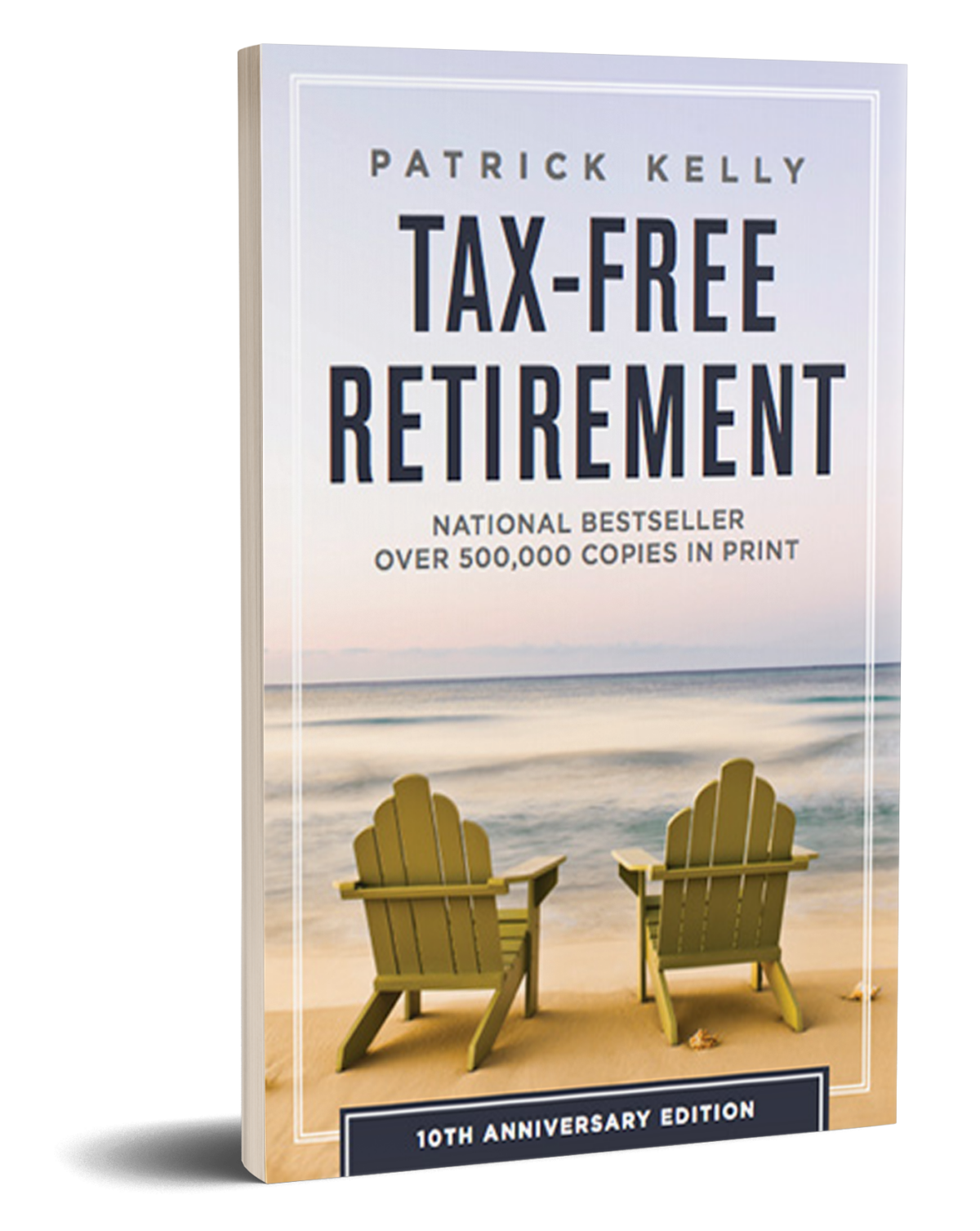SUPREME COURT REVERSES MANDATED DISCRIMINATION – Califano v. Goldfarb (1977)
The Issue:
In simple terms, the case revolved around gender discrimination in the Social Security benefits system. A key aspect was the disparity in how surviving spouses were treated based on gender. If a man died, his widow would automatically receive the higher of her benefit or his, typically 100% of his benefit if it was greater than hers. However, the reverse did not apply. If a woman died and her benefit was higher than her husband’s, he would not automatically receive her full benefit. His benefit would only increase if he was already receiving at least half of his support from his deceased wife.
The Case:
Califano v. Goldfarb (1977) challenged a provision in the Social Security Act (specifically Section 402(f)(1)(D), passed in 1971) that created different benefits for surviving spouses based on the gender of the deceased wage earner. This provision provided more favorable treatment to surviving spouses of men than to those of women.
The Ruling:
In a 5-4 decision, the U.S. Supreme Court struck down this provision, ruling that it violated the Fifth Amendment’s Due Process Clause. The Court determined that this gender-based distinction was unconstitutional.
The Reasoning:
The Court’s majority opinion highlighted that the provision was rooted in an outdated assumption that dependents were more likely to be women than men. This assumption led to unequal treatment, as it disadvantaged women who were wage earners by offering less protection for their surviving spouses than men. The Court concluded that such a gender-based classification was unjustifiable and unconstitutional.
Impact:
Califano v. Goldfarb was a landmark ruling that established a key principle: gender-based classifications in Social Security benefits that disadvantage women are unconstitutional. The case set an important precedent for equality in social security law, ensuring that benefits would be distributed more equitably regardless of gender.

















